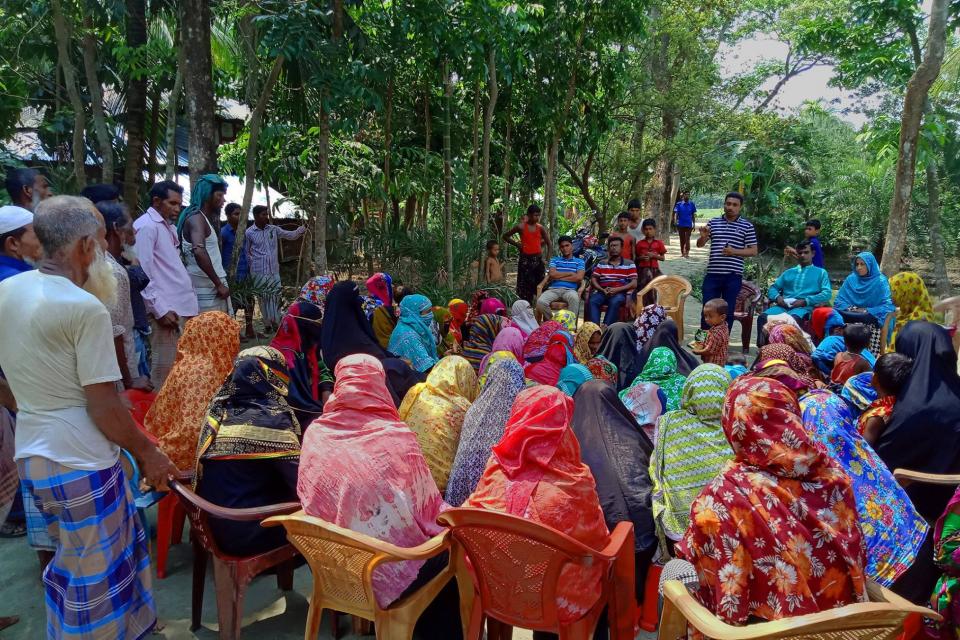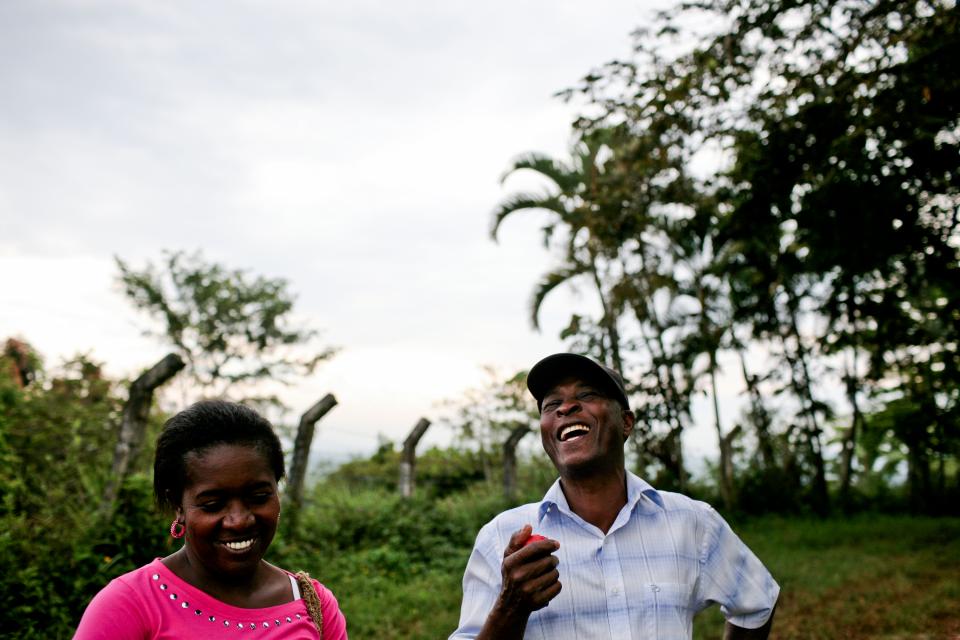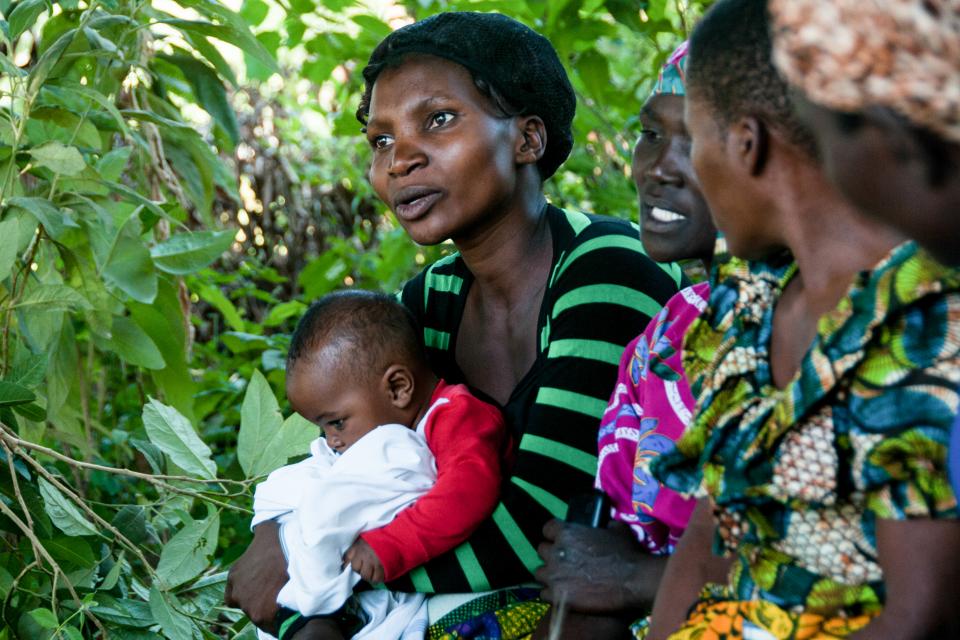Gender transformative approaches to overcome constraining gender norms
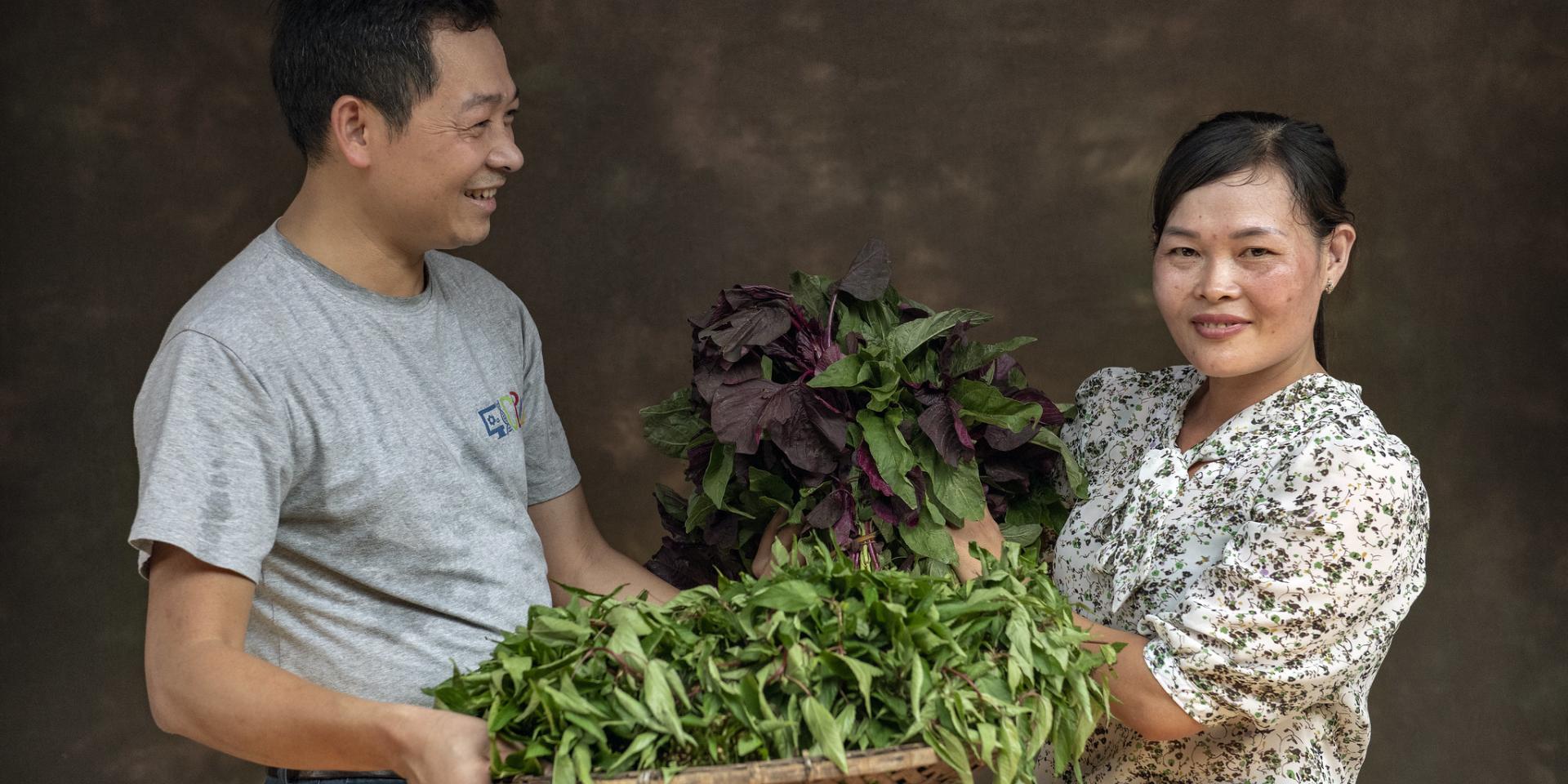
A method for tackling the roots of gender-based inequalities, in particular constraining gender norms, and thereby kick-starting a process toward greater gender equality.
Why is this method important?
International development programs and organizations are increasingly aware of gender disparities in food systems. It is increasingly recognized that it is not enough to treat the symptoms, such as the visible gender gaps, without looking at the underlying causes. For sustainable change to occur, the roots of gender-based inequalities must be addressed.
Gender transformative approaches is a methodology that, instead of burdening women with the responsibility for equality, engage men and women together as agents of change. Where “business-as-usual”, accommodative gender approaches try to work around barriers, and are often focused solely on women, gender transformative approaches have broken new ground by transforming structural barriers and constraining gender norms, meaning the unwritten rules about who can do what kind of work, control what types of assets and make what level of decisions.
Who is the method for?
The method is relevant for project implementers, agricultural extension workers, researchers and others looking to overturn constraining gender norms for sustainable, long-term change.
How can I use this method?
Gender transformative approaches can be put into use through context-appropriate, locally led and constructive strategies. Examples include community conversations and training activities. Their shared aim is for women and men, from the household scale to the community and beyond, to shift constraining gender norms that underpin the persistence of inequalities in aquatic and land-based food systems. In this way, transformative approaches complement existing work, yet represent a significant transition forward.
It is worth nothing a lack of empirical evidence about outcomes from gender transformative versus accommodative approaches. Although gender transformative approaches do appear compelling—and business as usual has long been deemed insufficient—more research is needed to determine how to most effectively employ gender transformative approaches.
However, emerging transformative approaches are advancing views on how to achieve gender equality, including by presenting an alternative to viewing women merely as instruments that can support development outcomes. As such, gender transformative approaches offer a potent opportunity to transition from pervasively slow or regressive trends toward substantive and lasting progress toward equality.
When and how was it developed?
Since 2012, scientists at WorldFish and their partners have spearheaded the conceptualization, testing and scaling of gender transformative approaches within CGIAR and in aquaculture, fisheries, agriculture and broader development sectors. This has included a focus on gender-equitable control over assets and resources including microcredit and processing technologies.
Where can I learn more?
Learn more via the CGIAR Research Program on FISH, CGIAR's innovation explorer or the publications below.
Steven Cole and Cynthia MacDougall are among the researchers leading the work on this method.
Publications
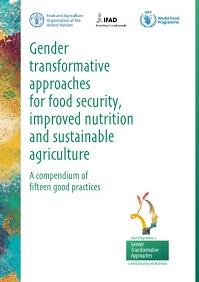
Gender transformative approaches for food security, improved nutrition and sustainable agriculture – A compendium of fifteen good practices
FAO, IFAD and WFP. 2020. Gender transformative approaches for food security, improved nutrition and sustainable agriculture – A compendium of fifteen good practices. Rome.
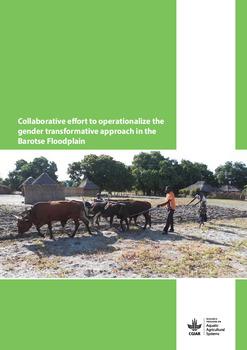
Collaborative effort to operationalize the gender transformative approach in the Barotse Floodplain

Implications of agricultural innovation on gender norms: gender approaches in aquatic agriculture in Bangladesh

